If you run into the Event Tracing Fatal Error blue screen of death, don’t worry. It’s usually not very hard to resolve at all…
How to fix event tracing fatal error
Here are four fixes that have helped other users resolve the event tracing fatal error. You may not have to try them all; just work your way down the list until you find the one that works for you.
- Run SFC and DISM
- Update your device drivers
- Disable Secure Boot and driver integrity checks
- Hard reset your PC
Fix 1: Run SFC and DISM
Sometimes this blue screen of death error may occur if there is corrupt or missing system files on your computer. Luckily, Windows has come with it handy system tools System File Checker (SFC) and DISM (Deployment Image Servicing and Management ) to help you scan your system for errors and fix them if this is the case.
Here is how to run System File Checker:
- On your keyboard, press the Windows logo key
 and type cmd. Then right click on Command Prompt and click Run as administrator.
and type cmd. Then right click on Command Prompt and click Run as administrator.
- Click Yes when you’re prompted to confirm.
- In the command prompt window, type sfc /scannow and press Enter.

It’ll take some time for SFC to replace the corrupted system files with new ones if it detects any, so please be patient. - Restart your computer for the changes to take effect.
Here is how to run DISM:
- On your keyboard, press the Windows logo key and type cmd. Then right click on Command Prompt and click Run as administrator.

- Type the following command and press Enter:DISM.exe /Online /Cleanup-image /Restorehealth.

Wait a while for the whole process to finish. - Restart your computer for the change to take effect.
Check to see if the event tracing fatal error still occurs. If it doesn’t occur, then great – you’ve fixed the issue! If it still happens, please move on to Fix 2, below.
Fix 2: Update your device drivers
One of the common causes of event tracing fatal error is corrupt or missing device drivers. So you should update your drivers to see if it fixes your problem. If you don’t have the time, patience or skills to update the driver manually, you can do it automatically with Driver Easy.
Driver Easy will automatically recognize your system and find the correct drivers for it. You don’t need to know exactly what system your computer is running, you don’t need to be troubled by the wrong driver you would be downloading, and you don’t need to worry about making a mistake when installing. Driver Easy handles it all.
You can update your drivers automatically with either the FREE or the Pro version of Driver Easy. But with the Pro version it takes just 2 steps (and you get full support and a 30-day money back guarantee):
- Download and install Driver Easy.
- Run Driver Easy and click the Scan Now button. Driver Easy will then scan your computer and detect any problem drivers.

- Click Update All to automatically download and install the correct version of all the drivers that are missing or out of date on your system (this requires the Pro version – you’ll be prompted to upgrade when you click Update All).

- Restart your computer for the changes to take effect.
- Check to see if the Event Tracing Fatal Error issue is resolved. If yes, then congrats! If it still occurs, please try Fix 3, below.
Fix 3: Disable secure boot and driver integrity checks
According to user reports, disabling Secure Boot and driver integrity checks have helped them fix the problem. So you can give it a shot to see if it works.
Here are the steps on how to disable secure boot:
1) Once you disable Secure Boot and install other software or hardware, you might not be able to re-activate Secure Boot again – unless you restore your PC to factory settings.
2) Wrong actions on BIOS settings may incur loss of data or startup problems on your PC. So please be extra careful when you enter the BIOS menu and/or change its settings.
- On your keyboard, press the Windows logo key and click the Settings icon.
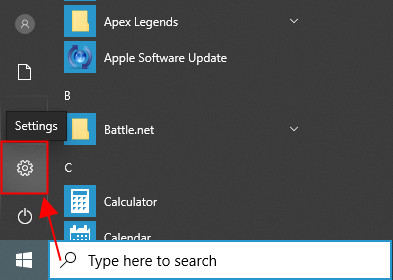
- In the left pane, click Recovery. Then in Advanced startup, click Restart now.
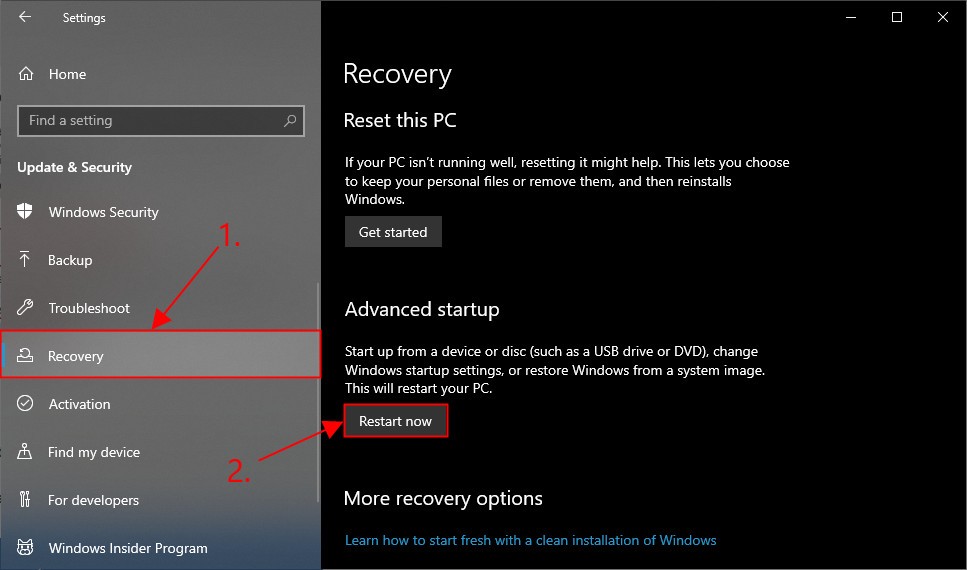
- In the Choose an option screen, click Troubleshoot.
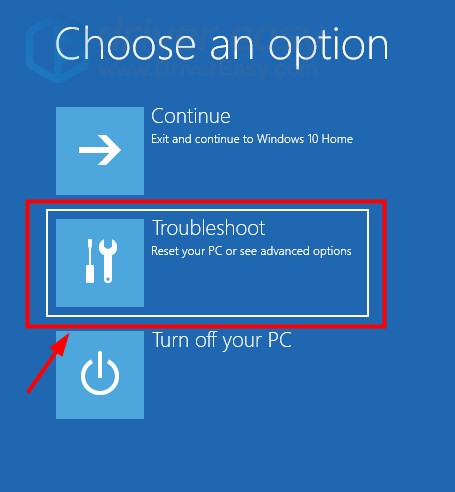
- Select Advanced options.
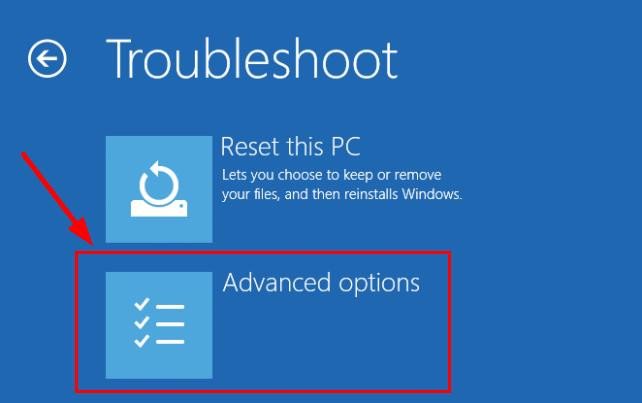
- Click UEFI Firmware Settings, then click the Restart button.
- Wait for your system to restart and you will enter the UEFI BIOS screen.
- Use the arrow keys to navigate to Secure Boot (could be found on the Security, the Boot or the Authentication tab). Then select its value to Disable.
- Save changes and exit.
Here are the steps on how to disable driver integrity checks:
- On your keyboard, press the Windows logo key and type cmd. Then right click on Command Prompt and click Run as administrator.
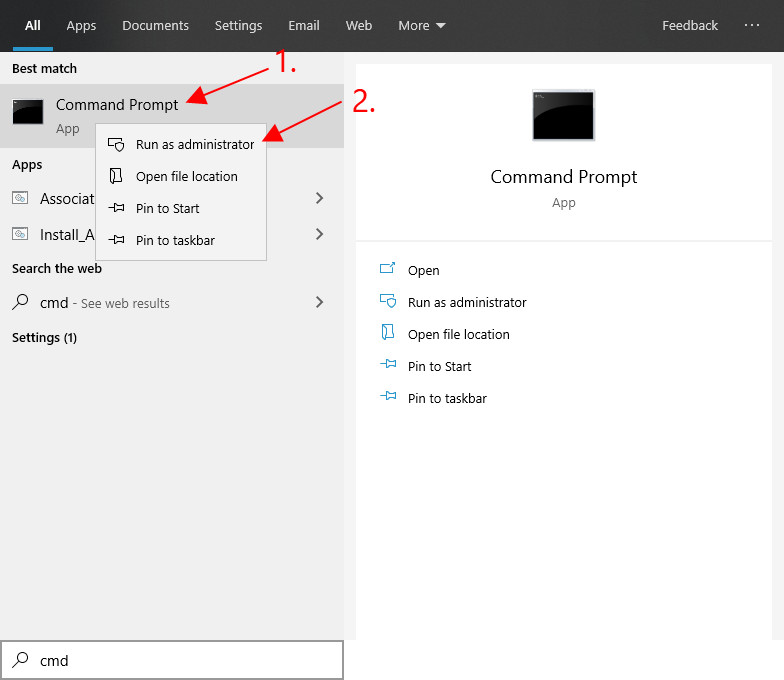
- Click Yes once prompted to confirm.
- In the command prompt window, type bcdedit.exe /set nointegritychecks on and press Enter.

Now you have disabled Secure Boot and driver integrity checks. Check to see if the event tracing fatal error blue screen issue is resolved. If it’s still no joy, please move on to Fix 4, below.
Fix 4: Hard reset your PC
If nothing works until now, you should probably try performing a hard reset on your computer. To hard reset your computer, simply turn it off by cutting the power source and turn it back on to restart the machine.
Here are more detailed steps on how to do it:
- Press and hold the power button of your computer until it’s turned off.
- Disconnect the power cable and the battery (if any) from your computer.
- Leave your computer for over 1 minute.
- Re-connect the power cable (and the battery) to your computer.
- Turn on your computer.
Hopefully the event tracing fatal error blue screen issue is solved.
That’s it! Hope the post has guided you in the right direction in resolving the event tracing fatal error blue screen issue. If you have any ideas, suggestions or questions please do not hesitate to let us know in the comments. Thanks for reading!






